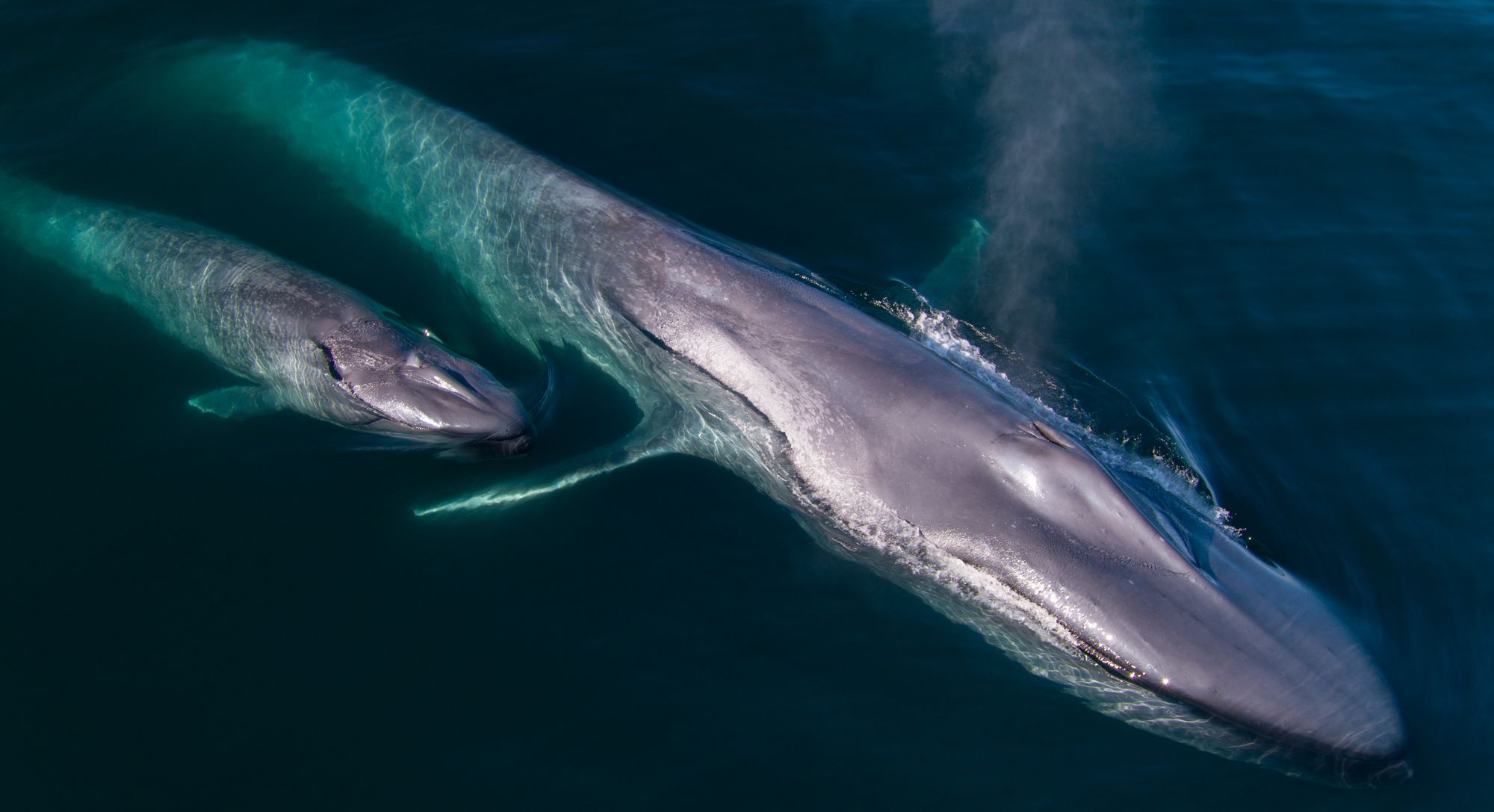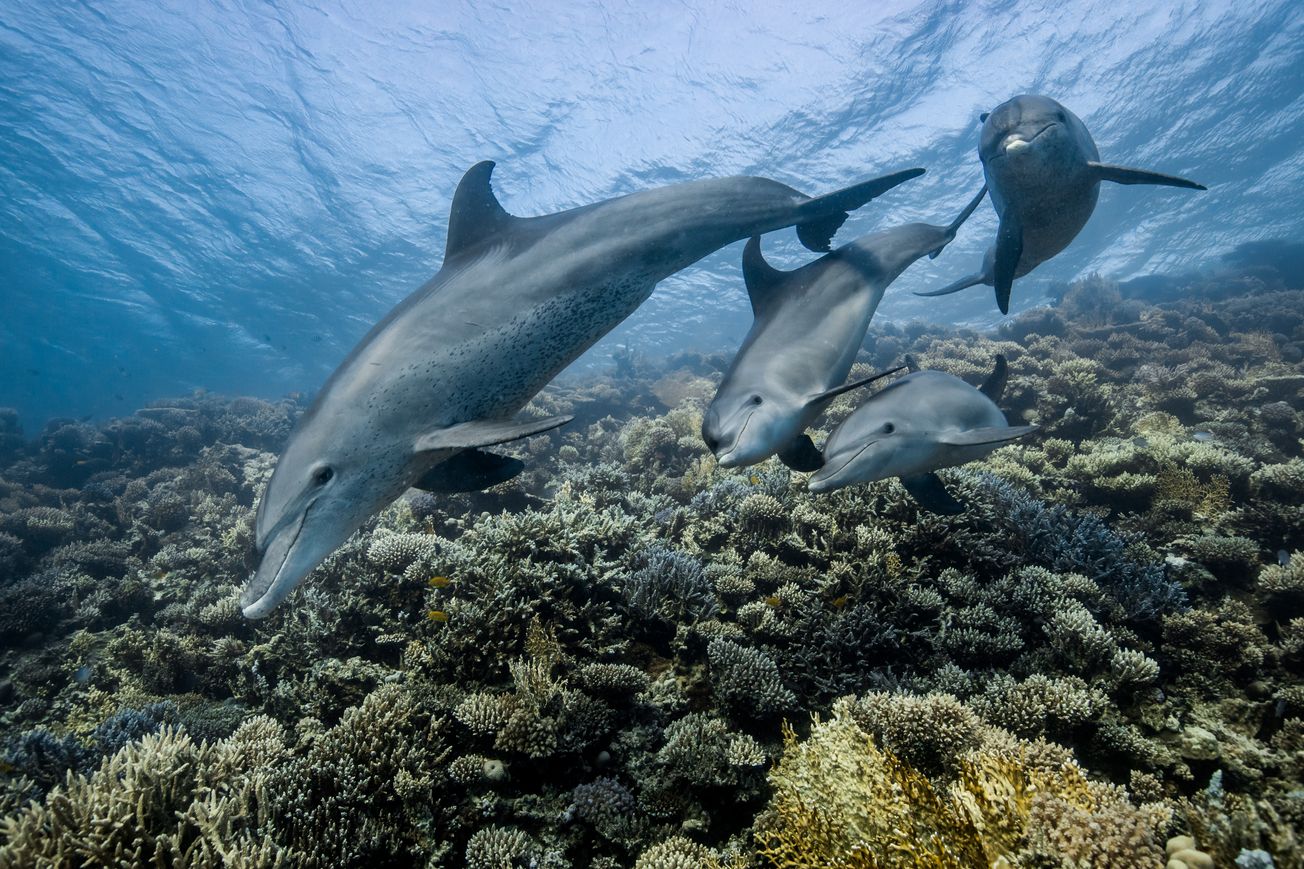By Julia Riopelle, SciTech Editor
Since the Industrial Revolution, our oceans have become noisier and noisier. To us, sound underwater may seem much quieter and muffled, though it has become deafening and disorientating to marine inhabitants.
An international collaboration of researchers has now highlighted the detrimental impacts of noise pollution on our oceans. Their hopes? To urge policymakers to integrate the acoustic soundscape into their frameworks that define a ‘healthy ocean environment’.
Sound travels farthest in our oceans. All marine animals, from the smallest plankton to the largest humpback whale, use ocean noise to perceive cues from their environment. The ability to distinguish sound underwater allows marine life to navigate their world, in similar ways to how we rely on sight to navigate the world above.
The study, led by Professor Duarte and involving Professor Andy Radford, from the University of Bristol’s School of Biological Sciences, as well as 25 researchers from the Middle East, Europe, North America, Australia and New Zealand, analysed over 10 000 published papers which look at the effects of man-made noise on ocean environments. They hope to emphasise the importance of sound for marine organisms, in order to for policymakers to use the ocean soundscape as a proxy to assess ecosystem health.
Anthropogenic noise pollution has become an increasing issue since the early 1800s. Prior to this, the only noises that traversed the underwater world were those of nature (biophony). Biophony, such as raindrops hitting the ocean surface, earthquakes rippling through the water, or melted ice crashing into the polar waters are all important cues for marine organisms to listen to and perceive. These cues are used in all aspects of life: to map out the ocean landscape, forage for food, avoid predation, assess coral reef health and more.
Policymakers should use the ocean soundscape as a proxy to assess ecosystem health
Different marine animals hear completely different ranges of sounds. Invertebrates, fishes and reptiles hear sounds at low frequency, usually less than 5Hz, whereas cetaceans (dolphins and whales) can hear very high sound frequencies, up to 200Hz.
Not only do they listen, but some marine animals have evolved to use sound for communication between members of their own species, as well the use of active sonar for the detection of surrounding objects. This can be observed in the infamous songs of whales, where a humpback whale singing at a low frequency can be heard up to 16 000 kilometres away, or in porpoises, sperm whales and dolphins, who use echolocation to locate prey.
‘As I was listening, years ago, to a hydrophone recording acquired 1km underwater off the US West Coast, I was surprised to hear the clear sound of rain falling on the surface as the dominant sound in the deep-sea ocean environment’, Professor Carlos Duarte, lead author of the study, explained. ‘I then realised how acoustically connected the ocean surface – where most human noise is generated – is to the deep sea.’
A humpback whale singing at a low frequency can be heard up to 16 000 kilometres away
Now the ocean is home to constant human noise. The researchers found that 90.6 percent of the 10 000 studies they analysed had significant data that noise negatively impacted the hearing ability of marine animals. Cargo ships, cruise liners and private boats alone are thought to have caused a 32-fold increase in ocean noise. This is not beginning to even include the sounds produced from overfishing, coastal infrastructure or gas and oil drilling in the deep ocean.
The study associated areas of lower sound pressure with increased fish diversity, invertebrate abundance, as well as healthy coral reef coverage. The good thing about sound pollution, is that turning it off will have immediate effects. During the COVID-19 pandemic, many marine mammals and sharks have been migrating back into areas that have previously to be hubs of human activity, such as harbours and urban coastal areas. However, only 35 to 50 percent of studies had evidence that marine noise had a significant impact on fitness and mortality of ocean inhabitants.

What are the indirect impacts of human activity on the ocean soundscapes?
The team also found that a warmer ocean, due to climate change, has allowed sound to travel faster and into areas where it hasn’t before. The increased flow of warmer Pacific and Atlantic waters into the Arctic ocean has also changed its acoustic profile. The mixing of salinities and temperature has created an ‘optimum channel’ at 100 to 200 metres depth, where sound travels the fastest.
Along with temperature increase, an increased acidity of water, due to more dissolved CO2, is also expected to lead to a noisier ocean. The degradation of coral reefs alters their soundscape, meaning that newcomers will not be attracted to otherwise ‘healthy sounds’ these biotic communities usually emit.
Why are louder oceans a problem?
Increased noise makes it difficult for marine mammals to detect the sound frequencies they usually rely on. One example is that intruding sound hinders the development of ‘anti-predator behaviour’ in young animals. This is vital, as usually these juveniles will use noise cues from their predators to evade detection or death. However, if anthropogenic noise pollution is masking predator movements, chances of escaping in time are limited.
Another problem with unnaturally loud oceans, is that they are likely to have a longer lasting impact on mammals than on fish. Loud noises can permanently damage the hair cells in the internal hearing organs of marine mammals, whereas in fish these hair cells tend to regenerate. As marine mammals rely on noise to navigate their environment, damaged hearing can lead to further disorientation.
One example which may come to mind, when hearing about disorientated animals, are whale strandings. In September 2020, Australia experienced the largest whale stranding recorded in history. It was reported that 450 pilot whales were found stranded on the west coast of Tasmania. Rescuers managed to save 108 individuals but had to euthanise those with no hope of survival.
450 pilot whales were found stranded on the west coast of Tasmania
Just a few weeks later, New Zealand discovered 100 dead pilot whales on their own coast. Whales are extremely emotionally intelligent animals and have deep connections with their pod members. Even if rescued, the survivors are likely to experience long-lasting trauma of hearing the slow deaths of family members.
It is still a mystery to why so many whales become stranded. Once possibility, that should not be discredited, is that the whale pods become disorientated from man-made active sonars. In May 2000, a mass stranding of beaked whales occurred in the Bahamas, due to becoming confused by a similar frequency of naval sonars nearby. Amongst further investigation of the carcasses, veterinarians found extensive haemorrhaging in the whale’s inner ear, indicating loud noise trauma.
Whilst natural factors, such as the pod following an ill leader or the misjudgment of too shallow waters, are also likely explanations, one cannot dismiss the likely consequences noisier oceans may have on future whale strandings.

What do the researchers urge policymakers to do?
The researchers emphasise that, ‘there must be regulatory frameworks to manage sound in economic zones’, when implementing policies aimed at protecting oceans.
Novel technologies are definitely an option to subdue the impacts of noise. Some ships already use specifically designed propellers that have already to successfully decrease sound pressure from 6dB to 8dB. Professor Duarte also suggested that, ‘materials such as fibre-reinforced polymer components are effective in dampening noise. The fact that these materials are also lighter means they additionally less have propulsion.’
Marine species taking refuge in unknown waters due to higher temperatures, Bristol and Exeter Uni study finds
In conservation with Keith Scholey, Executive Director of ‘David Attenborough: A Life On Our Planet’
The EU currently states in one of their clauses that for good environmental ocean status, member states should decrease noise pollution. However, as the impacts are hard to concretely measure, countries do not tend to follow that guideline.
It is time to take noise pollution seriously, to restore the peaceful realm that its marine inhabitants deserve.
Featured Image: Silverback Films / Keith Scholey
Do you think noise and light pollution should be treated with the same level of urgency as other pollutants?







